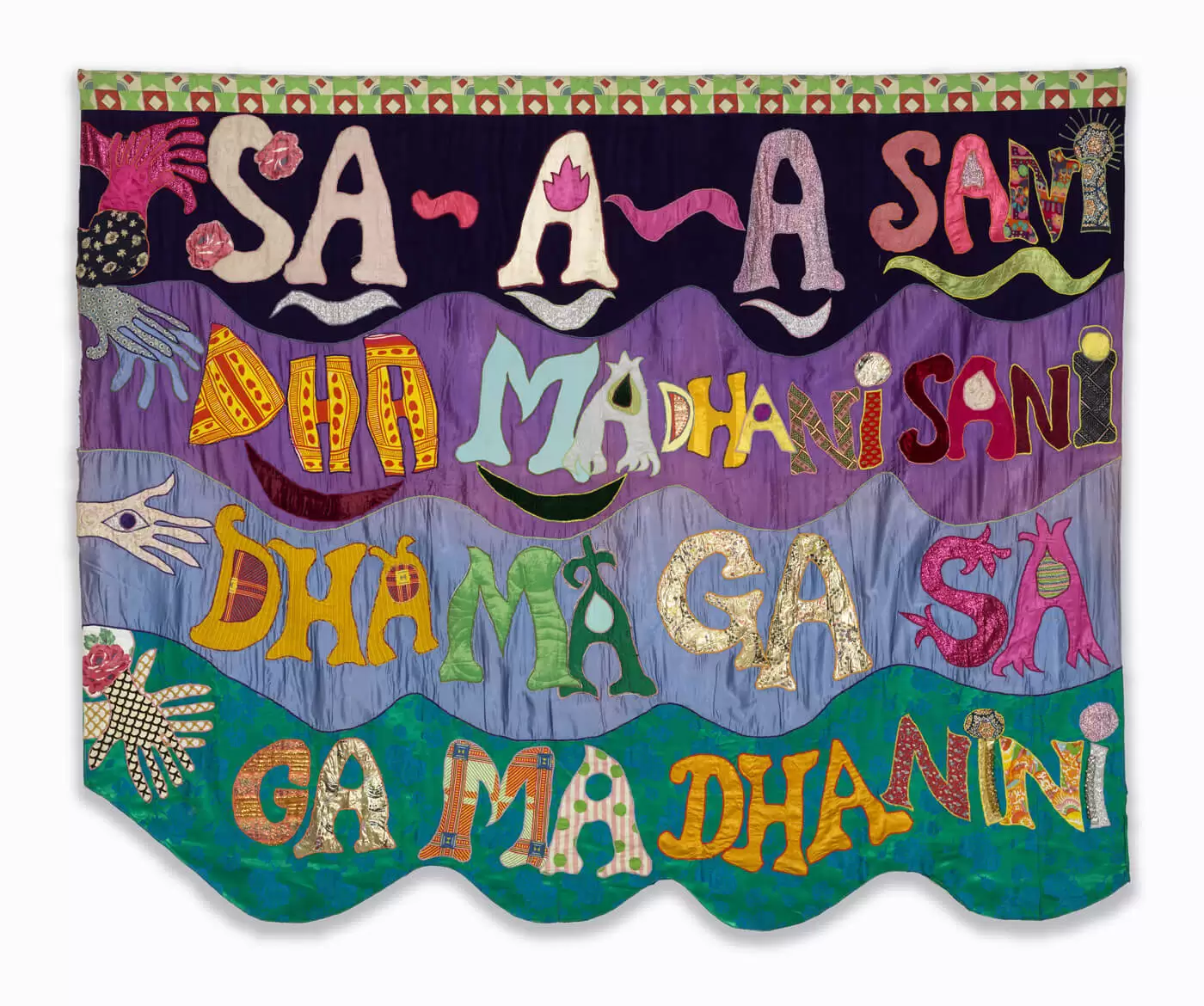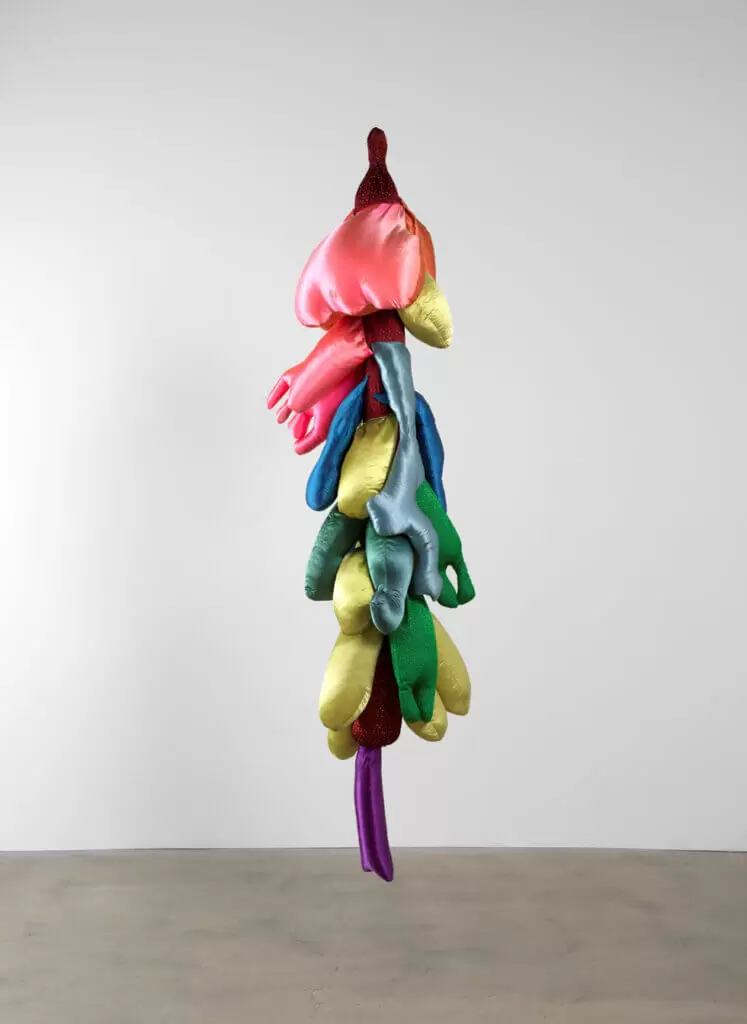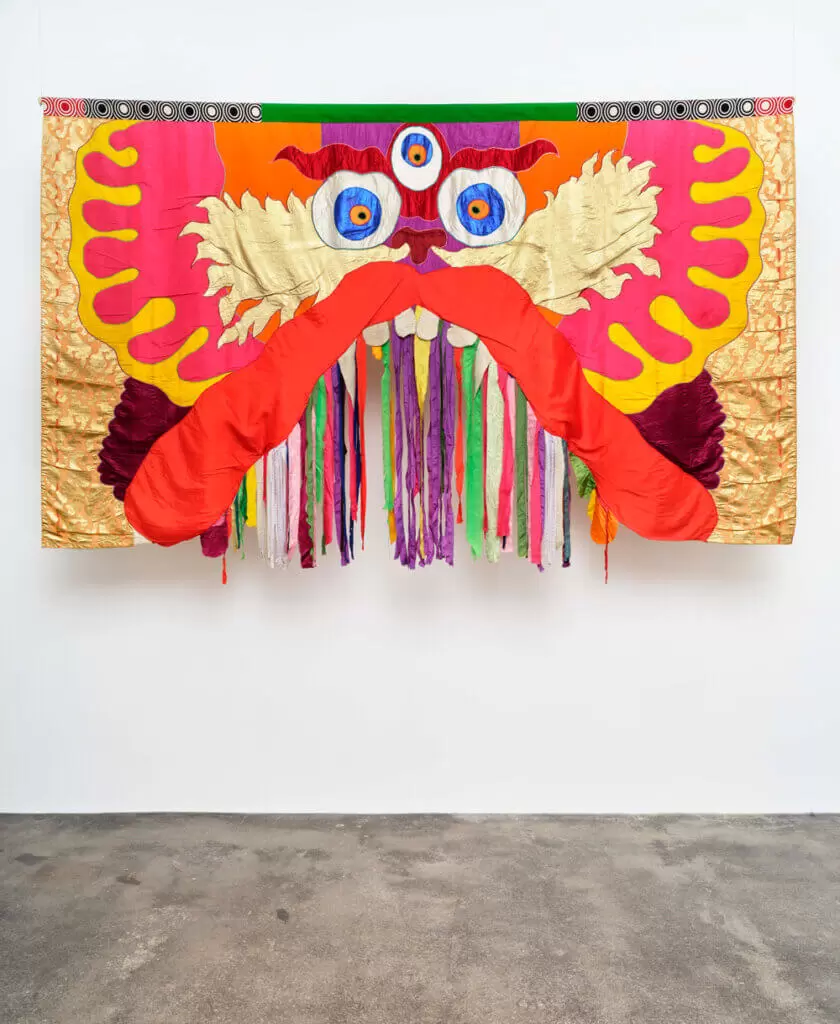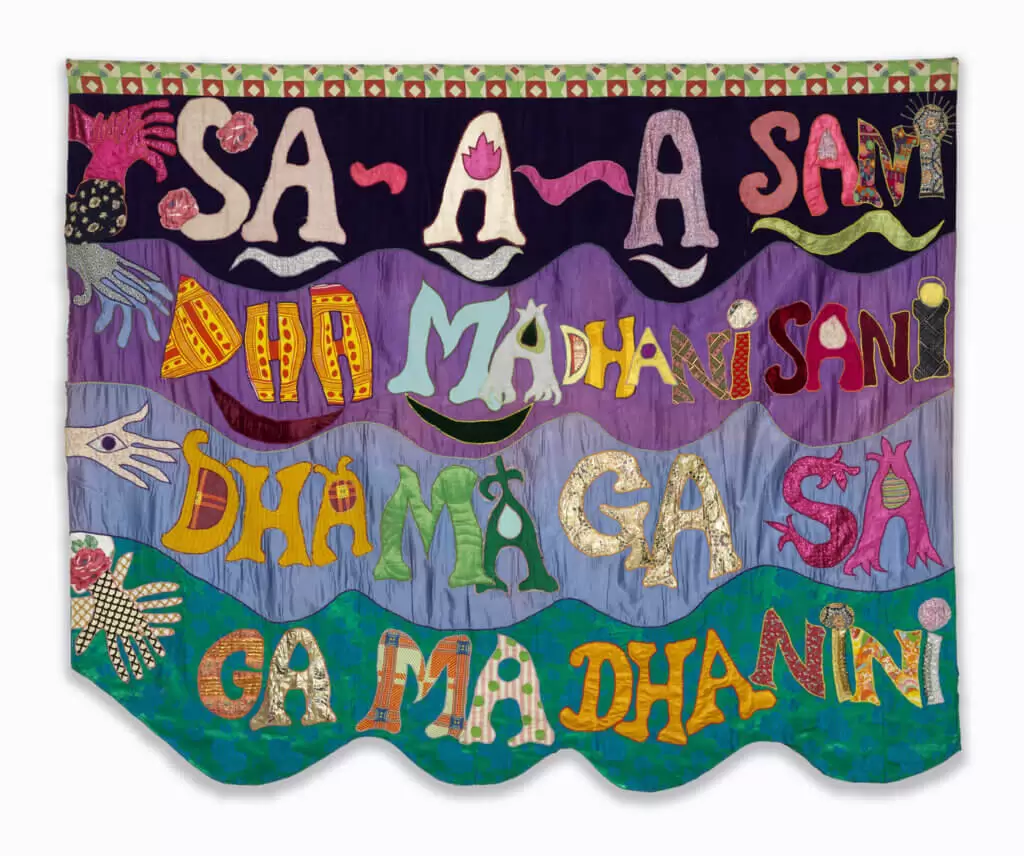MOKI CHERRY: HERE AND NOW
Wednesday 31 May – Sunday 27 August 2023
ICA London
The Mall, St. James’s
London SW1Y 5AH
ICA London presents the first solo exhibition in a UK institution of Swedish artist, designer and educator, Moki Cherry (1943 – 2009). The exhibition explores Cherry’s expansive and collaborative practice across textile, sculpture, painting, drawing, writing, collage, and video. Here and Now displays over 30 artworks and archival material of Moki Cherry including works that have never been shown in the UK.
The exhibition celebrates her exploration of where art and life meet, her collaborative and interdisciplinary practice, and her inventive resolve in the face of gendered challenges working both as an artist and mother – issues which remain pertinent to artists and audiences today. Drawn entirely from the Estate of Moki Cherry, this exhibition presents a rare chance for the public to view these privately held works, which remain preciously cared for by her family.
The title of the exhibition is inspired by an untitled drawing, an abstracted figure with arms outstretched embracing the words ‘Here & Now’ against a cloudlike landscape alongside a star and birds. It reflects the artist’s longstanding study and practice of Buddhism and its teachings which focus on being in the present, rather than dwelling on the past or speculating on the future. Characteristic of Moki’s playful use of language, it recalls her jazz musician husband Don Cherry’s 1976 album Hear & Now, for which Moki designed the cover using appliqué and collage.
I was my husband’s muse, companion, and collaborator. At the same time, I did all the practical maintenance. I was never trained to be a female, so I survived by taking a creative attitude to daily life and chores.’
Moki Cherry
Formally trained as a fashion designer, Moki left school in 1959 to apprentice at an haute couture atelier, moving on to work as a design assistant at a women’s coat manufacturer two years later. In 1962 she moved to Stockholm, first taking up evening classes in pattern cutting and drapery, and then enrolling at Beckmans College of Design to study fashion design, illustration and pattern cutting that year. Already embedded in the Stockholm cultural scene, Moki met Don for the first time in 1963, beginning their 20-year relationship and artistic collaboration. Utilising her expert skill in fashion textiles, Moki developed a unique tapestry-making practice for which she is most well-known.
In 1967 she and Don formalised their art and music project as ‘Movement Incorporated’, later renamed ‘Organic Music’ or ‘Organic Music Theatre’. At their first concert, Moki created tapestries, costumes, posters and a live painting, which begun her evolving practice for the stage, performing across the world for the next three years.
In 1970, the Cherrys and their two young children settled near Dartmouth College, USA, while Don took up a position as music professor and artist-in-residence. Here they organised a performance with over 100 students for which Moki designed the costumes and sets, with their home becoming a rehearsal space.
Deeply inspired by their collaboration with the students, they began to develop a pedagogical commitment, moving to an old schoolhouse in Tågarp, Sweden later that year. While primarily a family home, the Cherrys also used the schoolhouse as a creative educational space for established artists as well as local children. Used as a teaching tool at workshops across Swedish schools, Moki’s tapestry, Malkauns Raga (1973), spells out an Indian classical music scale in Latin alphabet alongside mudras, Indian symbolic hand gestures.
This engagement with audiences as active participants forms a crucial part of the Cherrys’ radical work in Utopias and Visions 1871 – 1981, an exhibition at Moderna Museet Stockholm curated by Pontus Hultén in 1971, in which the family lived and ran daily workshops and happenings in a geodesic dome in the museum for three months.
Moki created costumes, tapestries, sculptures and paintings including a large mandala which she painted on the floor over days. Visitors participated in live music, dressing up, self-portrait photography and other improvised activities that Moki facilitated, and participants communicated with people internationally via a telex that was connected to New York, Tokyo and Bombay. Alongside her creative practice Moki continued to perform the role of mother and wife, cooking for her family in an improvised kitchen in the museum when the exhibition closed at 6pm every evening.
©2023 MOKI CHERRY








